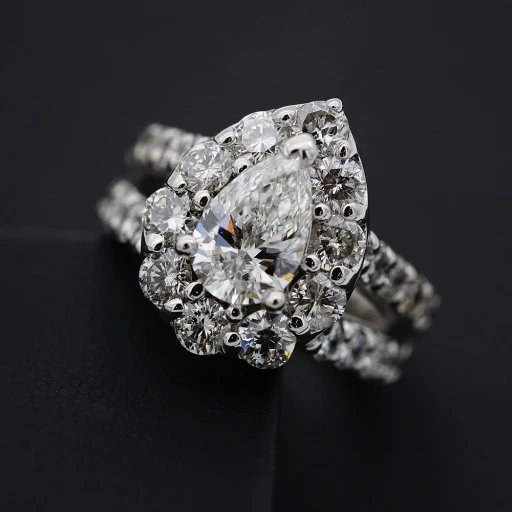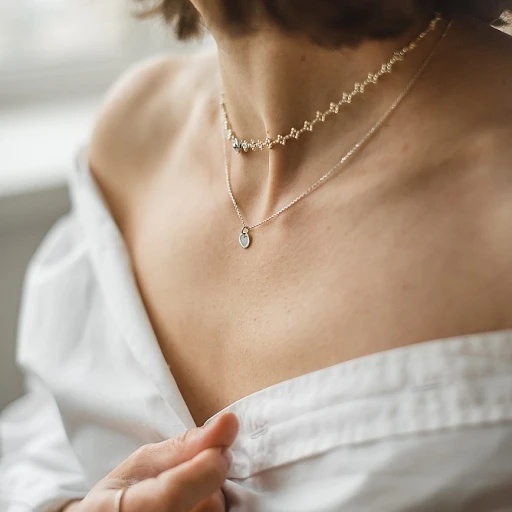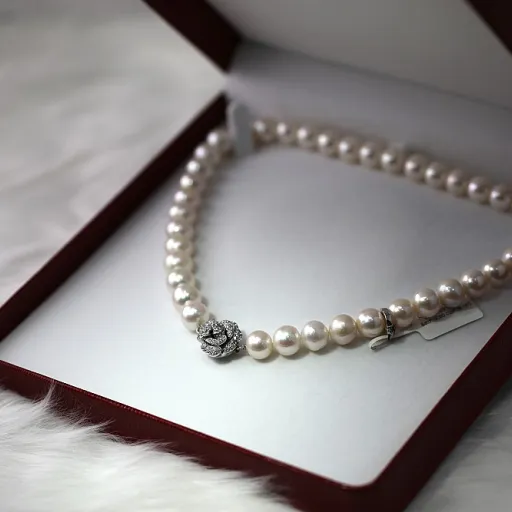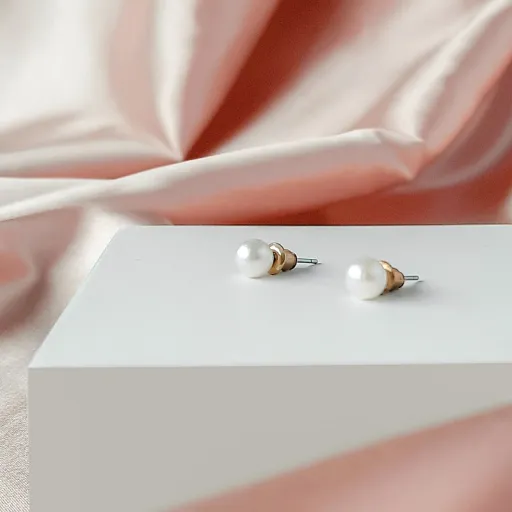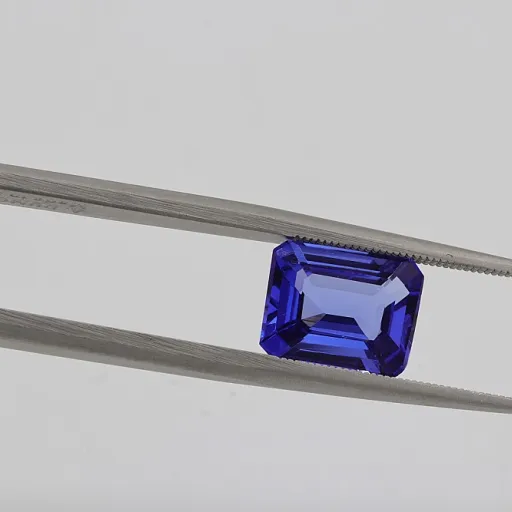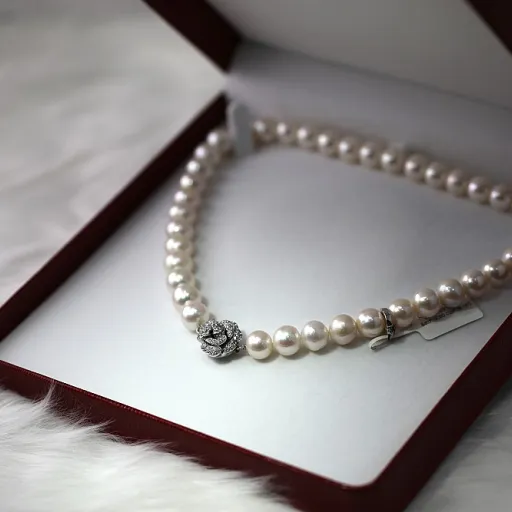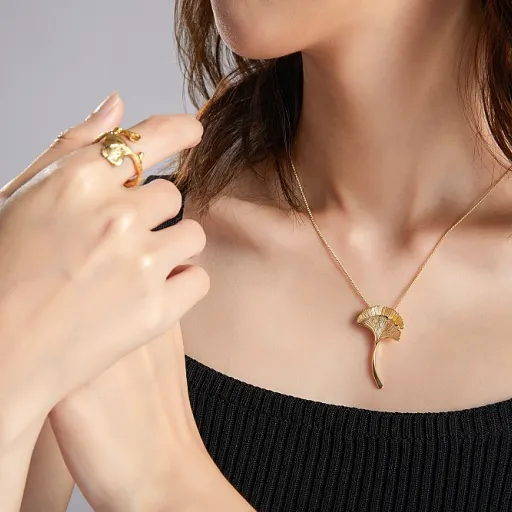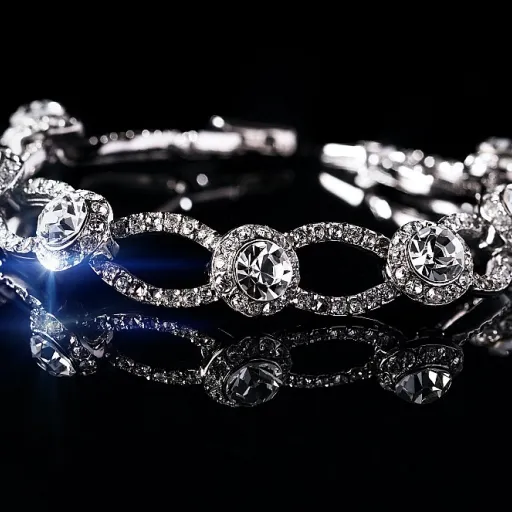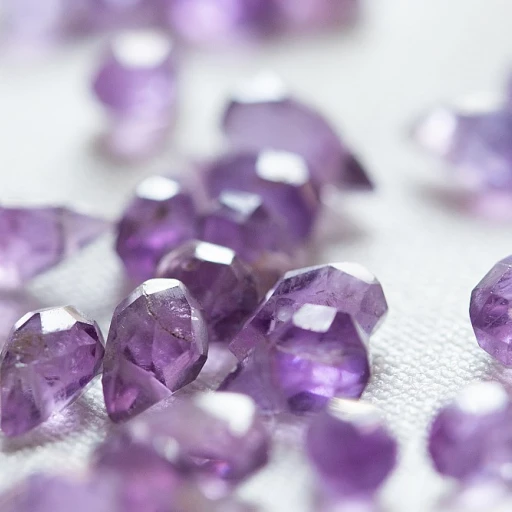
Understanding the rarity of orange tourmaline
What Makes Orange Tourmaline So Uncommon?
Orange tourmaline is a gemstone that stands out for its rarity and vibrant energy. Unlike the more common green tourmaline or pink tourmaline, orange tourmaline is found in very limited deposits around the world. Its unique color is the result of trace elements within the crystal structure, making it a prized choice for collectors and jewelry owners seeking something truly distinctive.
The tourmaline family is known for its wide spectrum of colors, from blue and red tourmaline to the highly sought-after paraiba tourmaline. However, orange tourmaline—sometimes referred to as "tourmaline orange"—is particularly rare. This scarcity is due to the specific geological conditions required for its formation, which are far less common than those producing black tourmaline or brown tourmaline.
- Color: The intensity and purity of the orange hue are key indicators of rarity. Stones with a vivid, saturated orange are especially valued.
- Carat weight: Larger orange tourmaline stones are extremely rare, and the price per carat increases significantly with size.
- Clarity: High clarity is less common in orange tourmaline compared to other varieties, making eye-clean specimens even more desirable.
Gemological laboratories play a crucial role in verifying the authenticity and quality of orange tourmaline. Certification from reputable labs adds confidence for both buyers and sellers, especially when considering the investment potential of this gemstone.
Beyond its physical beauty, orange tourmaline is also valued for its metaphysical properties. Many believe it supports the emotional well-being and spiritual energy of its wearer, aligning with the chakra associated with creativity and will.
For those interested in the broader world of colored gemstones, the journey of collecting rare stones like orange tourmaline often leads to an appreciation for other unique varieties, such as watermelon tourmaline or even vintage tanzanite rings. If you’re curious about expanding your collection with timeless pieces, exploring vintage tanzanite rings can offer further inspiration.
As you consider adding orange tourmaline to your fine jewelry collection, understanding its rarity is the first step in making an informed and rewarding choice. The next stages involve evaluating quality, pairing with other gems, and learning about care and investment—each essential for the discerning jewelry owner.
Evaluating quality: what to look for in orange tourmaline
Key Factors in Assessing Orange Tourmaline Quality
When evaluating an orange tourmaline, several criteria come into play. Unlike more common varieties like green tourmaline or pink tourmaline, the orange hue is rare and highly sought after. The value and appeal of your gemstone depend on a combination of color, clarity, carat weight, and the stone’s overall crystal structure.
- Color: The most prized orange tourmaline stones display a vivid, saturated orange with minimal brown or yellow undertones. Some stones may show a subtle pink or red modifier, which can enhance their vibrancy. The intensity and uniformity of color are crucial—dull or uneven tones can significantly reduce value.
- Clarity: High-quality orange tourmaline should be eye-clean, meaning visible inclusions are minimal or absent. Inclusions can affect both the beauty and durability of the gemstone. However, minor inclusions are sometimes tolerated if the color is exceptional.
- Carat Weight: Larger orange tourmaline stones are rare. As carat weight increases, so does the value, especially when paired with excellent color and clarity. For reference, stones above two carats with strong color are considered exceptional.
- Cut: The cut of the tourmaline influences its brilliance and how well it displays its color. Expert lapidaries aim to maximize the stone’s energy and light return, making the most of its natural crystal structure.
Comparing Orange Tourmaline to Other Tourmaline Varieties
Tourmaline is a diverse gemstone family, including varieties like paraiba tourmaline (famous for its neon blue), watermelon tourmaline (with its pink and green zones), and black tourmaline (valued for its metaphysical properties). Orange tourmaline stands out for its unique color and rarity. While paraiba tourmaline and sapphire are often compared for their blue tones, orange tourmaline offers a warm, energetic alternative for those seeking something different in their jewelry collection.
Certification and Trust
For discerning collectors and jewelry owners, certification from reputable gemological laboratories is essential. These reports confirm the authenticity, weight in carats, and quality of the tourmaline stone. Always request documentation before making a significant purchase, especially for stones with unique colors or high carat weights.
Emotional and Spiritual Value
Beyond aesthetics, orange tourmaline is associated with the sacral chakra, believed by some to support emotional well-being and spiritual energy. While these metaphysical properties are not scientifically proven, many jewelry owners appreciate the added dimension of meaning.
For a deeper dive into rare and vibrant gemstones, explore the allure of a grandidierite ring—another fascinating option for collectors seeking the extraordinary.
Pairing orange tourmaline with precious metals and other gems
Choosing the Right Metal and Gemstone Combinations
Pairing orange tourmaline with precious metals and other gemstones is both an art and a science. The vibrant orange hue of this tourmaline stone stands out beautifully, but the right setting can elevate its energy and appeal even further. Here are some considerations for jewelry owners looking to make the most of their orange tourmaline pieces:
- Metal Choices: Warm-toned metals like yellow gold and rose gold enhance the fiery color of orange tourmaline, creating a harmonious and luxurious look. White gold and platinum offer a modern contrast, making the gemstone's color pop for a more contemporary style.
- Gemstone Pairings: Orange tourmaline pairs well with a range of other stones. Blue sapphires or paraiba tourmaline can create a striking complementary effect, while pink tourmaline and red tourmaline add a playful, energetic vibe. For a more subtle approach, pair with white diamonds or pearls.
- Design Considerations: The carat weight and clarity of your orange tourmaline will influence the overall look. Larger tourmaline carats can be the centerpiece of a ring or pendant, while smaller stones work well in cluster or halo settings. Mixing with green tourmaline or watermelon tourmaline can create a unique, multicolored effect that highlights the crystal structure and metaphysical properties associated with tourmaline.
For those interested in the emotional and spiritual aspects, orange tourmaline is often linked to the sacral chakra, believed to support emotional well-being and creativity. When combined with black tourmaline, it can be a powerful tool for balancing energy.
When making your selection, consider the overall design and how the colors interact. If you appreciate the allure of gemstone combinations, you might enjoy reading about the timeless appeal of emerald and pearl rings for more inspiration on pairing colored stones in fine jewelry.
Always consult with reputable gemological laboratories and review the return policy before making a purchase, especially for bespoke pieces. This ensures you receive a high-quality tourmaline orange stone that meets your expectations in terms of weight, clarity, and color.
Caring for your orange tourmaline jewelry
Protecting the Vibrant Energy of Your Orange Tourmaline
Orange tourmaline is a gemstone admired for its vivid color and unique crystal structure. Its energy and metaphysical properties are often associated with emotional and spiritual well-being, making it a powerful tool for those who value both beauty and meaning in their jewelry. To preserve these qualities, proper care is essential.
- Cleaning: Use lukewarm water and mild soap to gently clean your orange tourmaline jewelry. Avoid ultrasonic cleaners, as the stone’s crystal structure can be sensitive to vibrations. A soft brush helps remove dirt without scratching the surface.
- Storage: Store your tourmaline pieces separately from harder gemstones like sapphire or diamond to prevent scratches. A fabric-lined jewelry box or a soft pouch is ideal.
- Protection from Chemicals: Tourmaline, including orange, pink, green, and blue varieties, can be damaged by harsh chemicals found in household cleaners, perfumes, and hairsprays. Always remove your jewelry before using such products.
- Temperature Sensitivity: Sudden temperature changes can cause fractures in tourmaline stones. Avoid exposing your jewelry to extreme heat or cold.
- Regular Checks: Have your orange tourmaline jewelry inspected by a professional jeweler or gemological laboratory at least once a year. This ensures the setting is secure and the gemstone remains in optimal condition.
Whether your collection includes paraiba tourmaline, watermelon tourmaline, or the classic black and brown varieties, these care tips apply across the spectrum. Proper maintenance not only preserves the carat weight and clarity of your tourmaline stone but also supports its emotional and spiritual resonance, keeping your jewelry a cherished part of your collection for years to come.
Orange tourmaline in bespoke and custom jewelry
Custom Creations: Expressing Individuality with Orange Tourmaline
Orange tourmaline stands out for its vibrant color and unique energy, making it a favorite among those seeking bespoke jewelry. When working with a jeweler to create a custom piece, the versatility of the tourmaline stone allows for endless creativity. Its crystal structure supports a variety of cuts and carat weights, from delicate accents to bold centerpieces.
- Color Selection: Orange tourmaline can range from soft peach to deep tangerine. Some stones even display a subtle pink or brown undertone, adding depth to the final design.
- Pairing with Other Gems: Designers often combine orange tourmaline with blue sapphires, green tourmaline, or even paraiba tourmaline for a striking contrast. Watermelon tourmaline, with its multicolored appeal, can also complement the orange variety in multi-stone creations.
- Metal Choices: The warm tones of orange tourmaline pair beautifully with yellow or rose gold, but platinum and white gold settings can offer a contemporary twist.
- Personal Symbolism: Many clients choose orange tourmaline for its metaphysical properties, associating it with the sacral chakra, emotional well-being, and spiritual energy. This makes it a powerful tool for those seeking jewelry with deeper meaning.
When making a custom piece, clarity and carat weight are key considerations. Gemological laboratories can provide certification for your tourmaline, ensuring authenticity and quality. Always discuss return policy and aftercare with your jeweler, as bespoke jewelry often requires special attention.
Ultimately, orange tourmaline offers a unique opportunity for self-expression. Whether set alone or alongside pink, blue, or green tourmaline, each custom piece becomes a reflection of personal style and intention.
Investment potential and market trends for orange tourmaline
Market Dynamics and Collectibility
Orange tourmaline stands out in the gemstone market due to its rarity and vibrant color. Unlike the more commonly seen green tourmaline or pink tourmaline, the orange variety is less frequently encountered, making it a sought-after stone for collectors and jewelry owners who value uniqueness. The market for colored gemstones has seen a steady increase in demand, with orange tourmaline gaining attention alongside blue paraiba tourmaline and red tourmaline. Gemological laboratories have noted that the unique crystal structure and clarity of orange tourmaline contribute to its desirability and price point.
Factors Influencing Value
- Color: The most valuable orange tourmaline stones display a pure, vivid orange hue without brown or pink undertones. The intensity and saturation of color play a significant role in determining value.
- Clarity: As with other gemstones, clarity is crucial. Stones with minimal inclusions are more desirable and command higher prices per carat.
- Carat Weight: Larger orange tourmaline stones are rare. As carat weight increases, so does the price per carat, especially for stones with excellent clarity and color.
- Origin: While not as widely discussed as with paraiba tourmaline, the origin of an orange tourmaline can influence its market value, especially if it comes from a renowned mining region.
Investment Considerations
For those considering orange tourmaline as an investment, it is important to focus on stones with documented provenance and certification from reputable gemological laboratories. The gemstone market can be volatile, but rare stones with exceptional qualities tend to retain or increase their value over time. Orange tourmaline, with its vibrant energy and metaphysical properties associated with emotional and spiritual well-being, appeals to both collectors and those interested in the stone's chakra associations.
Comparatively, while blue paraiba tourmaline and sapphire often dominate headlines for investment-grade stones, orange tourmaline offers a unique opportunity for diversification. Its scarcity and growing popularity in bespoke jewelry making contribute to its potential as a powerful tool for portfolio enhancement.
Current Trends and Buyer Insights
Recent trends show a rising interest in colored gemstones, with buyers seeking out unique pieces that reflect personal style and emotional resonance. Orange tourmaline, with its bold color and association with creativity and will, fits well within this movement. The "quick view" and "add cart" features on fine jewelry platforms indicate that consumers are actively searching for distinctive stones, including watermelon tourmaline, black tourmaline, and brown tourmaline, but orange tourmaline remains a standout for those seeking something truly different.
When considering a purchase, review the return policy and ensure the gemstone's weight, clarity, and color meet your expectations. As always, consult with experts and rely on authoritative sources to make informed decisions about your jewelry investments.

